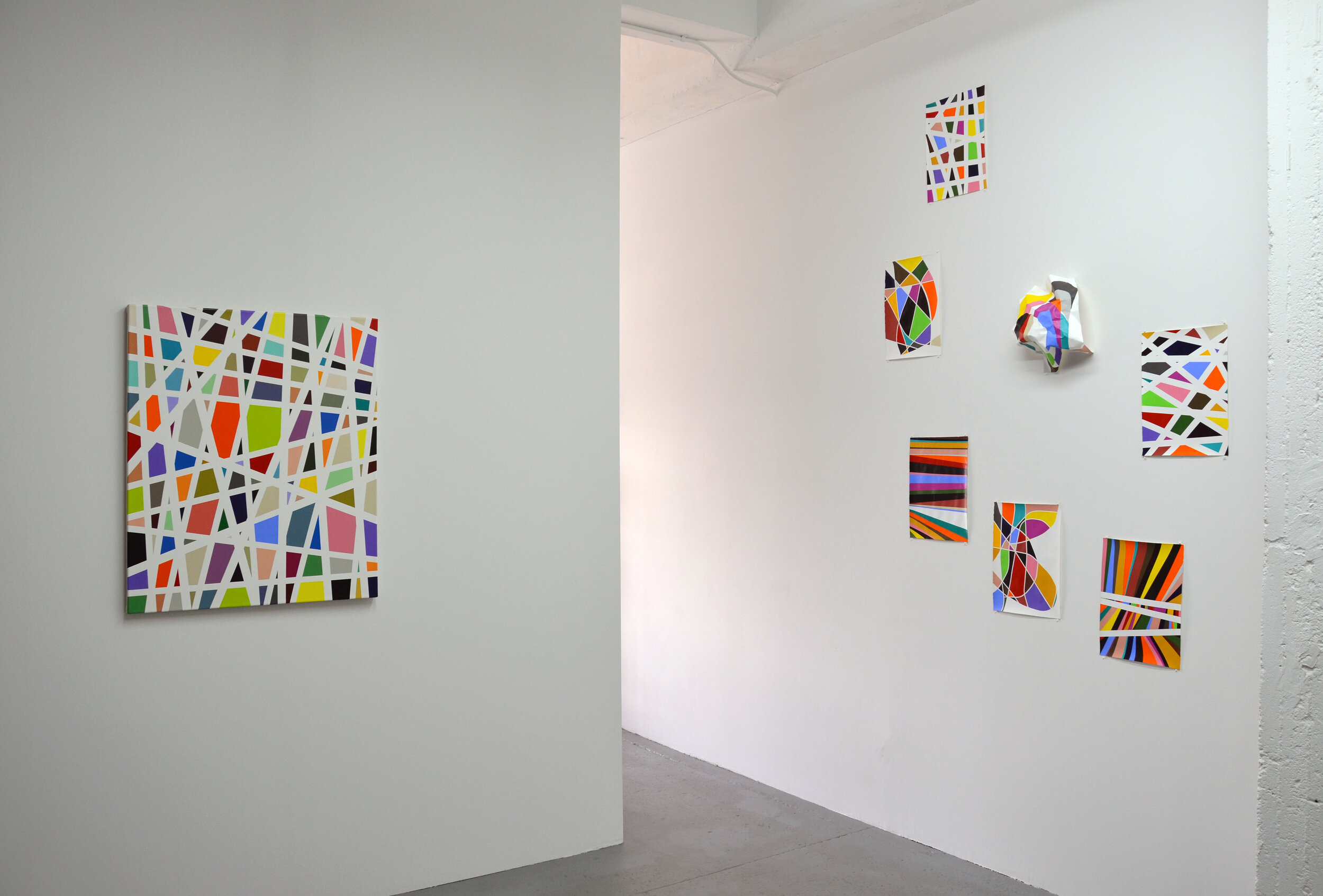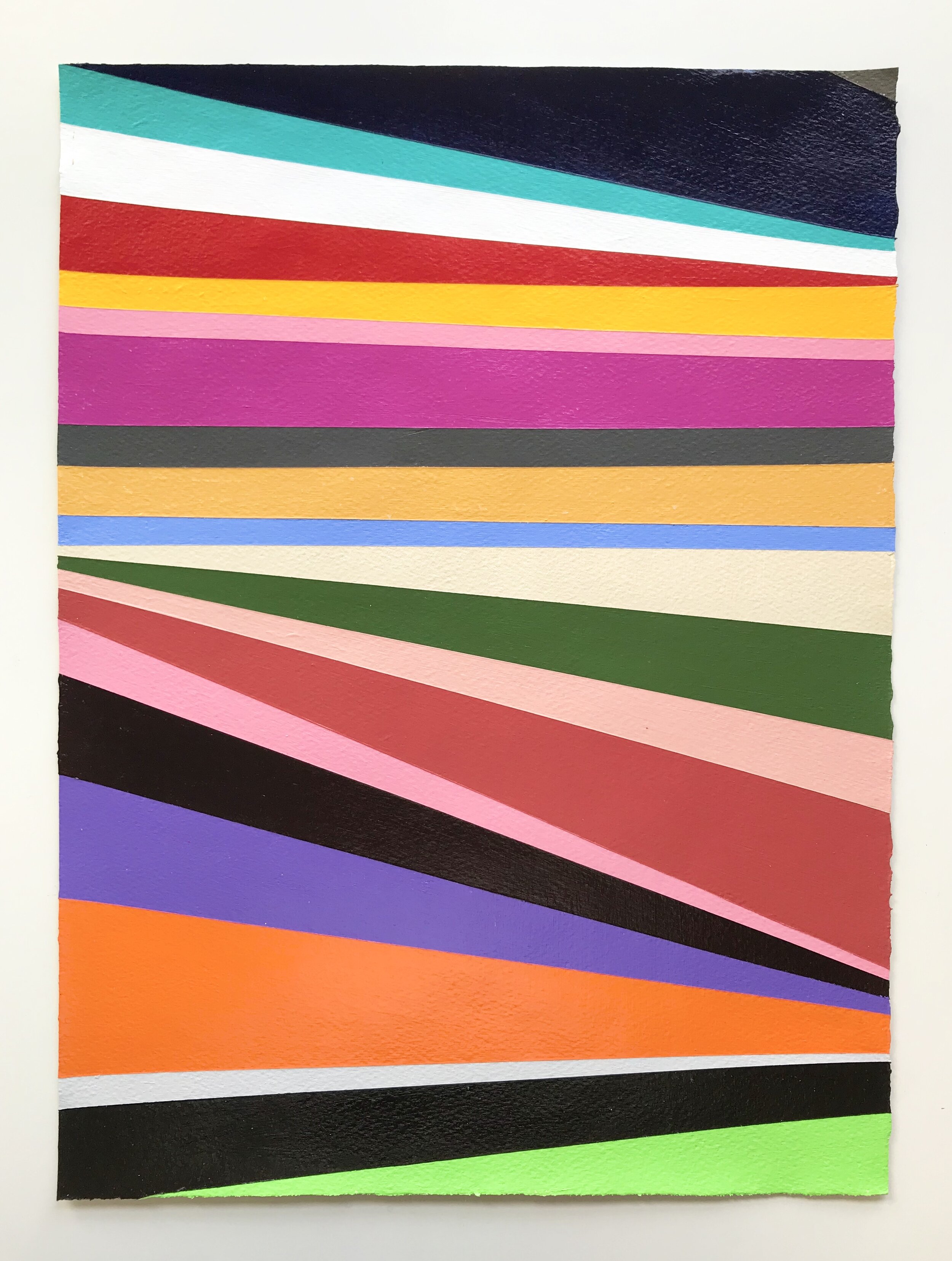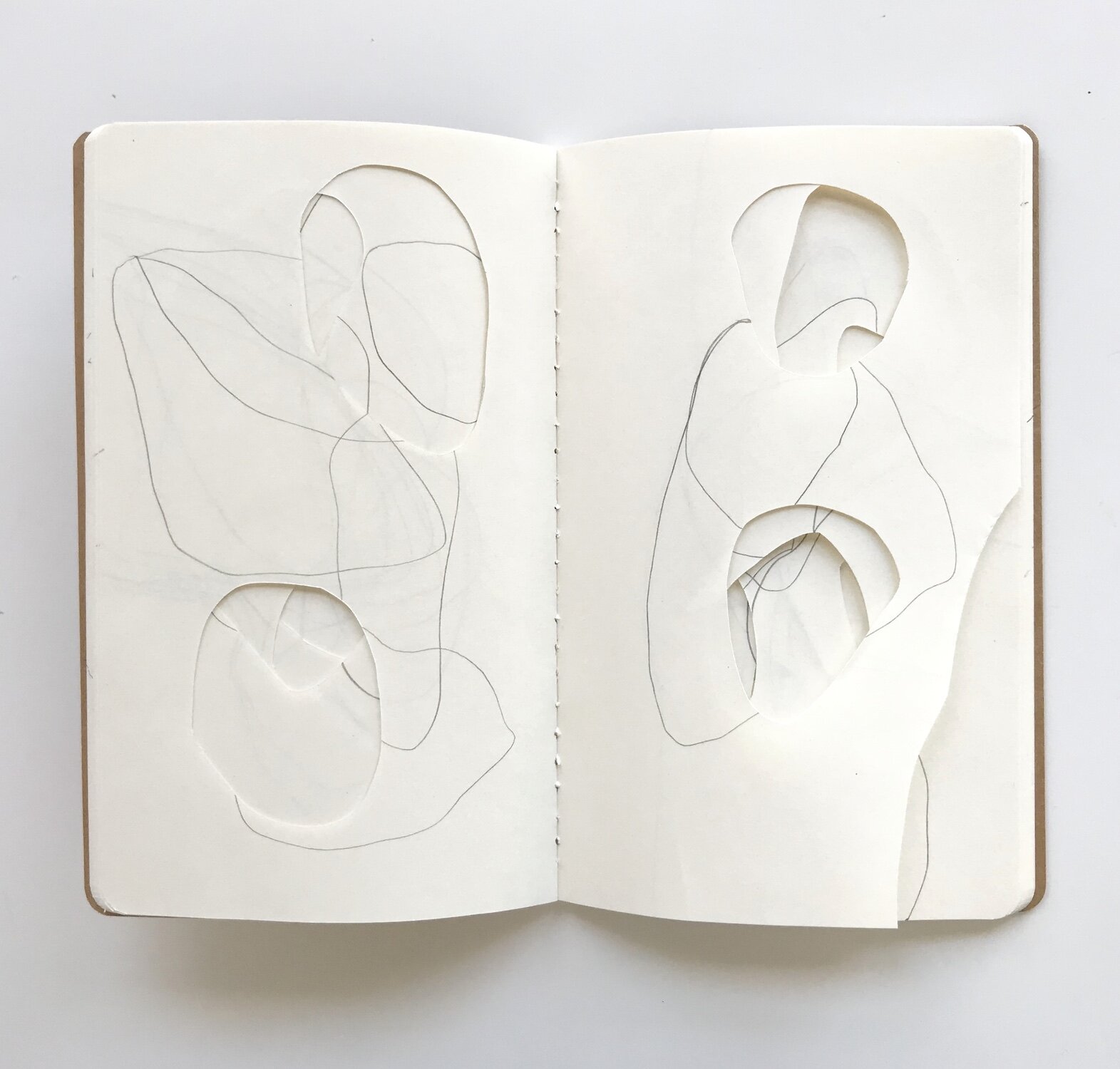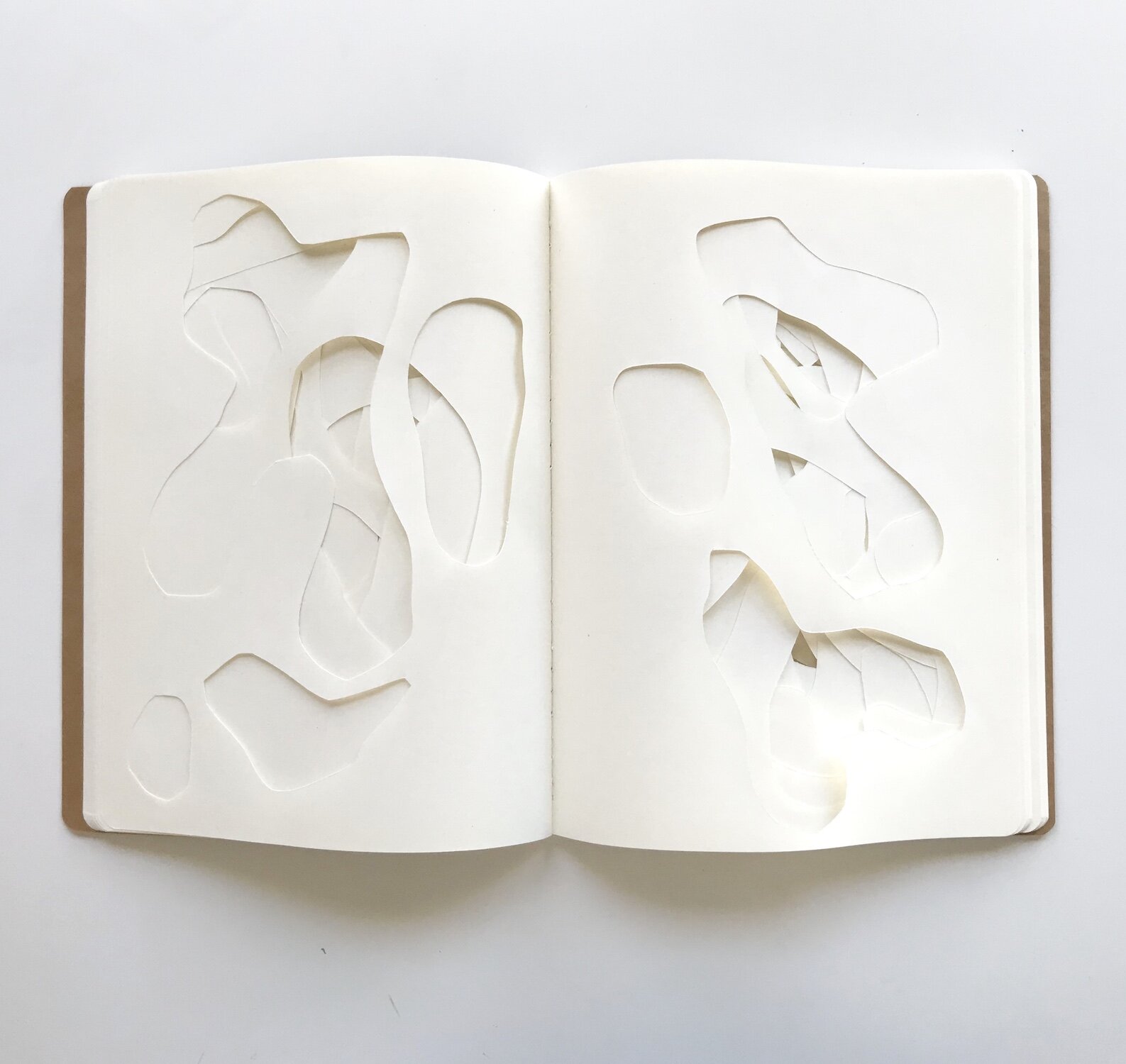Kyle Jenkins
b. 1975 Dungog, Australia / Lives in Toowoomba, Australia
Interested in Kyle Jenkins? Contact us.
Exhibition view of Kyle Jenkins: Sunken Treasure, MINUS SPACE, Brooklyn, NY, 2011
Exhibition view of Kyle Jenkins: Sunken Treasure, MINUS SPACE, Brooklyn, NY, 2011
Exhibition view of Kyle Jenkins: Sunken Treasure, MINUS SPACE, Brooklyn, NY, 2011
Exhibition view of Kyle Jenkins: Sunken Treasure, MINUS SPACE, Brooklyn, NY, 2011
Exhibition view of Kyle Jenkins: Sunken Treasure, MINUS SPACE, Brooklyn, NY, 2011
Kyle Jenkins, Urban Geometry #295, 2010, Acrylic on canvas, 36 x 30 inches, #KJ35
Kyle Jenkins, Urban Geometry #296, 2010, Acrylic on canvas, 36 x 30 inches, #KJ34
Kyle Jenkins, Urban Geometry #313, 2011, Acrylic on paper, 15 x 11.25 inches, #KJ11
Kyle Jenkins, Urban Geometry #318, 2011, Acrylic on paper, 15 x 11.25 inches, #KJ29
Kyle Jenkins, Urban Geometry #309, 2011, Acrylic on paper, 15 x 11.25 inches, #KJ05
Kyle Jenkins, Urban Geometry #320, 2011, Acrylic on paper, 15 x 11.25 inches, #KJ26
Kyle Jenkins, Urban Geometry #324, 2011, Acrylic on paper, 15 x 11.25 inches, #KJ27
Kyle Jenkins, Urban Geometry #312, 2011, Acrylic on paper, 15 x 11.25 inches, #KJ10
Kyle Jenkins, Urban Geometry #323, 2011, Acrylic on paper, 15 x 11.25 inches, #KJ25
Kyle Jenkins, Urban Geometry #310, 2011, Acrylic on paper, 15 x 11.25 inches, #KJ08
Kyle Jenkins, Urban Geometry #308, 2011, Acrylic and pencil on paper, 15 x 11.25 inches, #KJ04
Kyle Jenkins, Urban Geometry #311, 2011, Acrylic and pencil on paper, 15 x 11.25 inches, #KJ09
Kyle Jenkins, Urban Geometry #321, 2011, Acrylic on paper, 15 x 11.25 inches, #KJ24
Kyle Jenkins, Position Point #10, 2011, Acrylic on paper, 15 x 11.25 inches, #KJ06
Kyle Jenkins, Position Point #16, 2011, Acrylic on paper, 15 x 11.25 inches, #KJ31
Kyle Jenkins, Position Point #12, 2011, Acrylic on paper, 15 x 11.25 inches, #KJ12
Kyle Jenkins, Position Point #13, 2011, Acrylic on paper, 15 x 11.25 inches, #KJ30
Kyle Jenkins, Position Point #9, 2011, Acrylic on paper, 15 x 11.25 inches, #KJ03
Kyle Jenkins, Position Point #14, 2011, Acrylic on paper, 15 x 11.25 inches, #KJ32
Kyle Jenkins, Position Point #11, 2011, Acrylic on paper, 15 x 11.25 inches, #KJ07
Kyle Jenkins, Position Point #15, 2011, Acrylic on paper, 15 x 11.25 inches, #KJ33
Kyle Jenkins, Untitled (Cut-Out) #44, 2010, Artist book, pencil and cut pages, 8 x 5 inches, #KJ01
Kyle Jenkins, Untitled (Cut-Out) #44, 2010, Artist book, pencil and cut pages, 8 x 5 inches, #KJ01 - Interior
Kyle Jenkins, Untitled (Cut-Out) #41, 2010, Artist book, cut pages, 10 x 7 1/2 inches, #KJ02
Kyle Jenkins, Untitled (Cut-Out) #41, 2010, Artist book, cut pages, 10 x 7 1/2 inches, #KJ02 - Interior
Kyle Jenkins, Untitled (Cut-Out) #45, 2011, Artist book, cut pages, 10 x 7 1/2 inches, #KJ17
Kyle Jenkins, Untitled (Cut-Out) #45, 2011, Artist book, cut pages, 10 x 7 1/2 inches, #KJ17 - Interior
Kyle Jenkins, Untitled (Cut-Out) #46, 2011, Artist book, pencil and cut pages, 10 x 7 1/2 inches, #KJ18
Kyle Jenkins, Untitled (Cut-Out) #46, 2011, Artist book, pencil and cut pages, 10 x 7 1/2 inches, #KJ18 - Interior
Biography
Kyle Jenkins (b. 1975, Dungog, New South Wales, Australia) has exhibited his work internationally for the past 15 years, including in Australia, Belgium, Denmark, France, Germany, New Zealand, The Netherlands, Norway, Switzerland, United Kingdom, and the United States. Kyle’s work was included in our recent group exhibition MINUS SPACE, curated by Phong Bui, at P.S.1 Contemporary Art Center in New York in 2008-2009. His work is included in the collections of Toowoomba Regional Art Gallery, Qantas (both Australia), and Esbjerg Museum (Denmark), as well as countless private collections worldwide.
In addition to his artistic work, Kyle is Coordinator of the Visual Art Department and Senior Lecturer in Painting & Art Theory at the University of Southern Queensland, Toowoomba, Australia. During his career, he has curated numerous exhibitions about contemporary reductive abstraction throughout Australia. He has also played pivotal roles in the development and leadership of countless artist-run projects in Australia, including CBD Gallery, SPHERE press, Project 11, MOP Projects, Sydney Non-Objective, Non-Objective Toowoomba, i.e. gallery, and Buttons and Zippers.
Kyle is also a member of the rock bands Bloodspots and Suicide Swans. He holds a PhD in Visual Art and Theory from the University of Sydney, Australia.
Statement
My practice has been concerned with aspects of intuitive abstraction which incorporates hard edge and organic abstraction as well shifting methodologies of mark making and spatial narratives that are situated within paintings, collages, photographs, objects, Marquette’s, books, films, wall paintings and works on paper. These works involve the deconstruction and reconstruction of various relationships between conceptualised and physical interpretations of space. As humans we confine, expand and grid various interpretations of space into evolving forms of activity and it is through this continuing synthesis that the work has continued to be developed within a social and cultural context.
The various artworks aim to expand upon the aesthetic possibilities of structures and how these are a way of examining the world as a series of abstract compositions and constructions. Through this the composition of the work is a procedure of sampling and layering space, ideas and theories using the collage, the overlapped and the fractal not only as technique but as a strategy. The work as a whole is a series of relational forms or fields of opportunities rather than separate and limited objects, and thus creates a system of references, hybrids, negotiation and reinterpretations from work to work, image to image.
Through the very basic elements of line, colour, form and surface the work investigates how the double exposure between what the images look like and how they are constructed and the displacement of space can lead to new spatial experiences. Thus the paintings, collages, photographs, objects, Marquette’s, books, films, wall paintings and works on paper create a kind of ‘play’ between form and void – for example the form of the gap in one art piece can constitute the actual shape of the next one. This method of working further investigates the connections between formal and informal methodologies of abstraction and thus the work constantly examines the mapping and reconstruction of imagined urban terrains, geometry, colour, representation and fractural compositions.
Catalogs
Web Site
www.kyleandrewjenkins.com
Our Artsy Page
www.artsy.net/minus-space/artist/kyle-jenkins


































